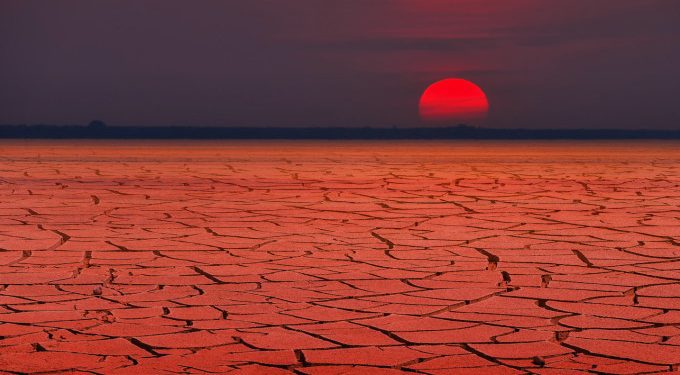Nowadays gold is getting more and more popular among different developing countries. In order to reinsure themselves, the countries decided to replenish their reserves in gold. Some people who are enjoying spending their time earning virtual gold can try their luck on http://btccasinoscanada.com/casinos/20bet/. We are going to share our thoughts about gold in the near future.
According to the assessment of the World Gold Council, in the first four months of the year, the most gold was bought by countries like Egypt (44 tons), Turkey (42.5 tons), India (7.2 tons), and Argentina (7 tons).
Trends
At the end of the 20th and beginning of the 21st century, most countries made their savings in dollars and then in euros. The gold reserve was far from the main element of gold and foreign exchange reserves.
Changes in the fate of gold came in 2008 after the crisis. Governments started to think about reinsuring themselves and not betting on one currency. The central banks of developed countries stopped selling gold from reserves. Before the crisis they were selling it very actively, reducing its share. The richest developing countries such as Russia, India, and China began to increase the share of gold in their reserves.
This trend gained momentum after the freezing of Russia’s foreign exchange reserves by Western countries. That explains the demand of the central banks of developing countries, which has increased for alternative instruments to the dollar and the euro (yuan, gold).
The purpose of gold purchases is not only the diversification of reserves. This is a protection against inflation and a reduction in volatility risks since gold is not a currency and its rate is not subject to such sharp fluctuations.
Something Went Wrong
The gloomy clouds are gathering over the global economy. In the midst of a pandemic, when the careless cheered, looking at how the “right” governments handed out money to their citizens in difficult times, it became huge trouble. But what is called trouble was the tip of the iceberg. It seems that everything went according to the most negative scenario, not counting the scenario with nuclear winters.
Coronavirus restrictions have brought an already looming global shortage of raw materials closer. Easy money has further inflated the already problematic financial markets. The soft policy of central banks in developed countries only exacerbated the situation and accelerated inflation. Sanctions against Russia have broken global logistics affected by the pandemic and destroyed the global financial system.
It is difficult to find a fragment of history that coincides with what is happening today. Many processes have entered a terminal phase and we are just beginning to see the unfolding cascade of consequences.
Gold and Its Influence in the World
Gold along with silver has been the main means of payment for hundreds of years. They circulated in the form of coins in the economies of most countries of the world. In the 19th and early 20th centuries, gold and silver were in circulation in parallel with paper money issued by private banks. From 1944-1971 the gold exchange standard (Bretton Woods system) operated in the world when central banks had US dollars in reserves. The gold reserves of the States backed the dollars. After 1971, gold was no longer used as collateral by Western countries, and the age of fiat money began.
Yet, there are several countries in the world that keep selling gold in order to prevent inflation. One of these countries is Switzerland. Probably, the old European Universities in Finance and Economics knew the results of today’s disaster.
Golden Stability
Egypt, Turkey, and India were the largest buyers of gold in state reserves. These countries also didn’t support sanctions on the Russian Federation as they buy grain from Russia. The growth of gold reserves may be associated with the planned abandonment of settlements in dollars or euros for grain. Although one of the discussed options for leaving dollar settlements in national currencies, also a barter system with gold settlements would suit many.
The increase in the share of gold in the reserves of developing countries that are not part of the “collective West” indicates that the central banks of these countries now trust gold more than currencies. There is also the possibility that they are preparing for a situation such as a crisis when gold can be the role of emergency and the most reliable world money.
New Horizons of Influence
The main factor in the dynamics of the price of gold is the demand from the investors. Gold competes with other defensive assets such as dollar deposits and the US Treasury bonds. Therefore, the stronger the position of the dollar and the higher the dollar interest rates, the lower the demand for gold.
During the period of restructuring the world financial system, attempts to move away from the dollar. The tendency to increase the gold reserves of countries will only intensify.





